
In the world of shipping and logistics, a bill of lading is a crucial document that serves as a receipt of goods, a contract of carriage, and a document of title. It is used to confirm that the goods have been received by the carrier and are ready to be transported to their destination. A short form bill of lading is a condensed version of the traditional bill of lading that includes all the essential information in a more compact format.
In this comprehensive guide, we will explore what a short form bill of lading is, why it is important, how to create one, examples of how it is used, and tips for successful implementation.
What is a Short Form Bill of Lading?
A short form bill of lading is a simplified version of the standard bill of lading that contains the necessary information about a shipment, such as the shipper, consignee, description of goods, and shipping terms. It is typically used for domestic shipments or when the full details of a standard bill of lading are not required. The purpose of a short form bill of lading is to streamline the shipping process and make it easier for carriers and shippers to document and track shipments.
Creating a short form bill of lading involves summarizing the key details of a shipment in a concise format that can be easily printed and attached to the cargo. While it may not include all the specific terms and conditions of a standard bill of lading, it still serves as a legal document that confirms the receipt of goods and outlines the responsibilities of the carrier and shipper.
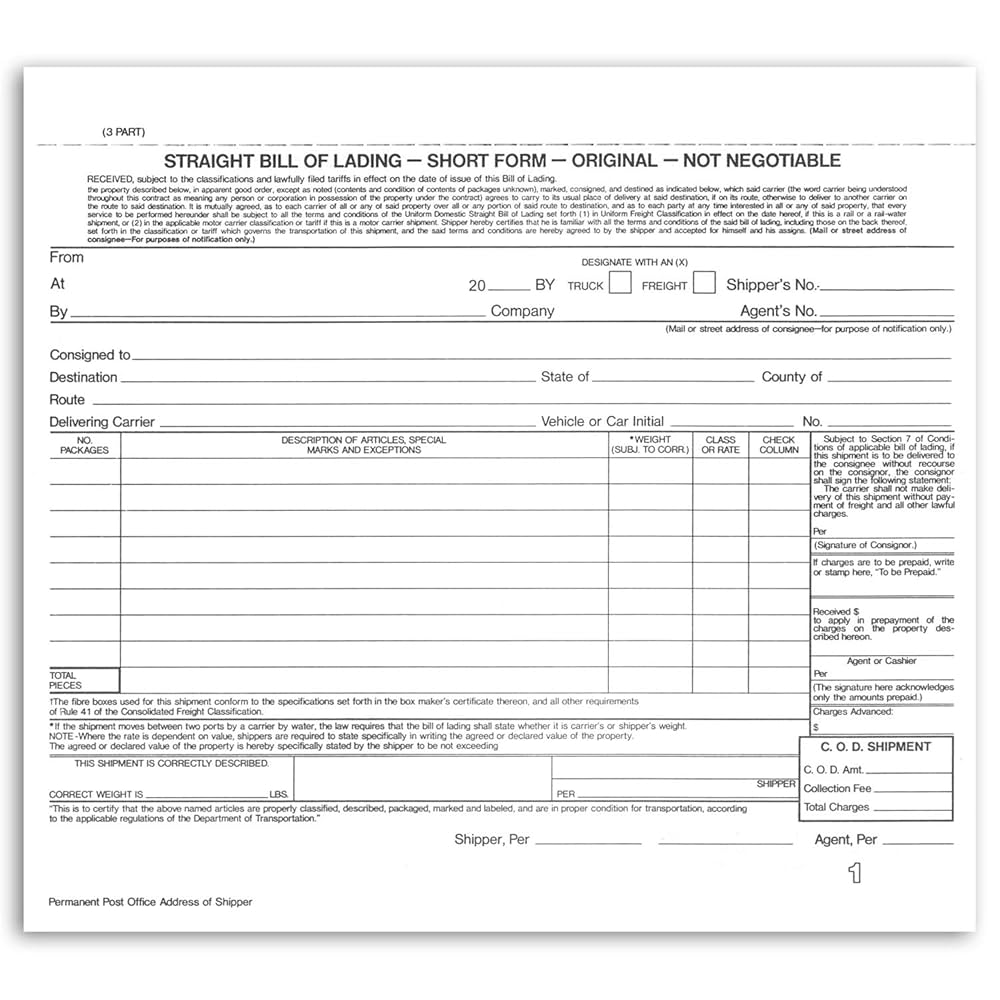
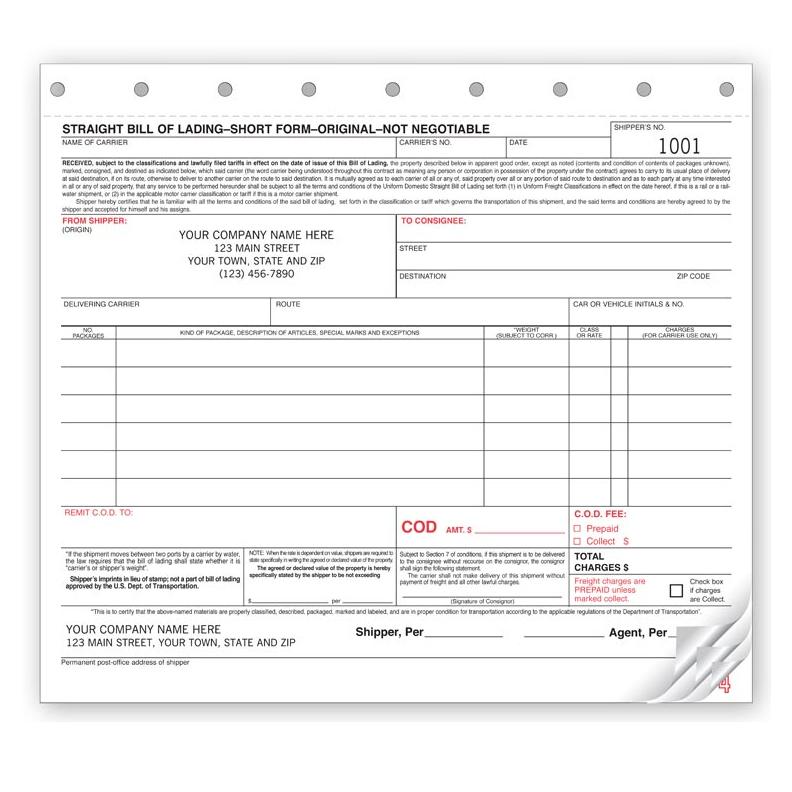

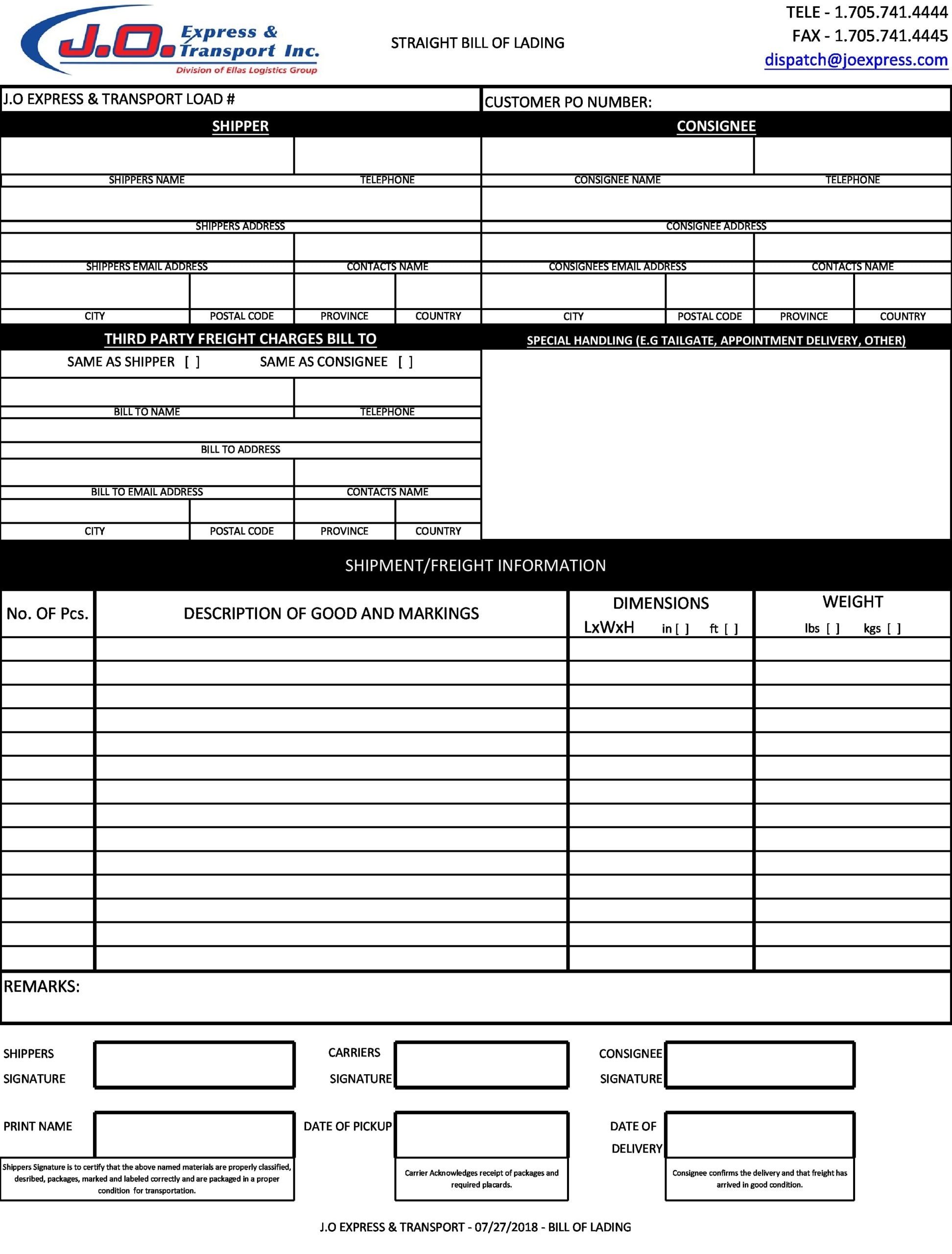
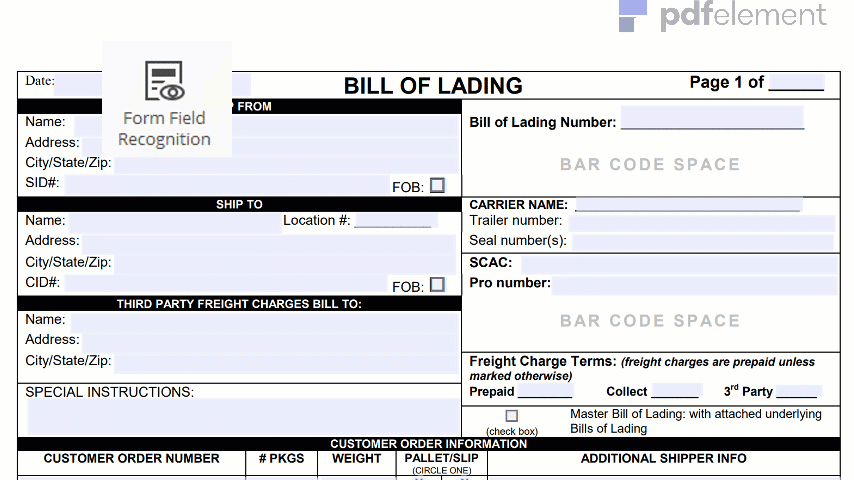

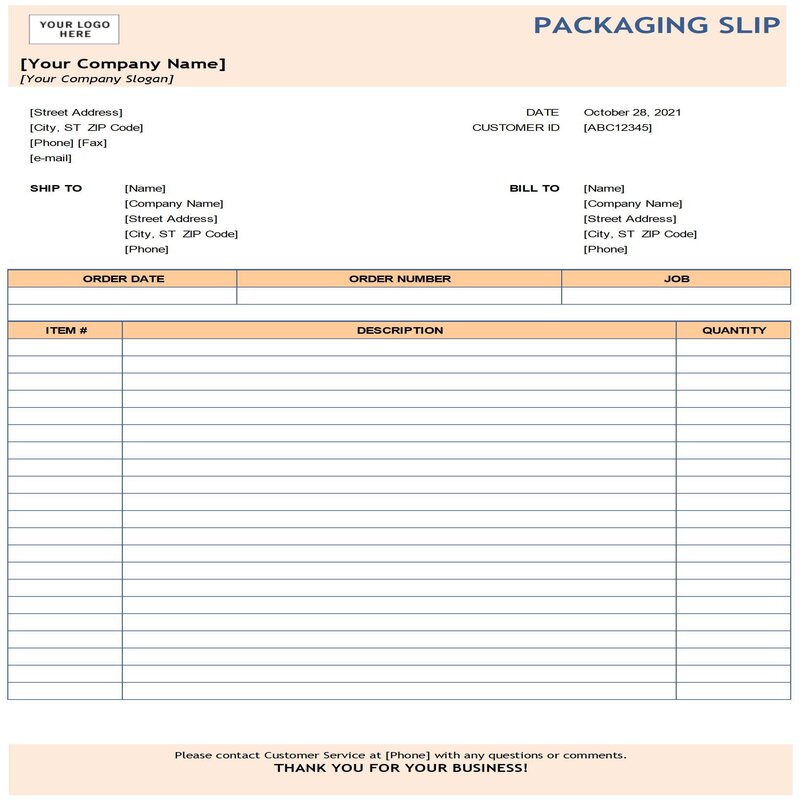
Key Information Included in a Short Form Bill of Lading
A short form bill of lading typically includes the following information:
- Shipper’s Information: Name, address, and contact details of the party shipping the goods.
- Consignee’s Information: Name, address, and contact details of the party receiving the goods.
- Description of Goods: Details about the type, quantity, and condition of the goods being shipped.
- Shipping Terms: Information about the mode of transport, delivery instructions, and any special handling requirements.
- Date and Signatures: Date of shipment and signatures of the shipper and carrier acknowledging receipt of goods.
Benefits of Using a Short Form Bill of Lading
Some of the benefits of using a short form bill of lading include:
- Efficiency: Streamlines the shipping process and reduces paperwork.
- Accuracy: Helps to minimize errors and discrepancies in shipments.
- Cost-Effective: Saves time and resources by simplifying documentation.
- Convenience: Provides a quick and easy way to create shipping documents.
Short Form Bill of Lading Template – Download